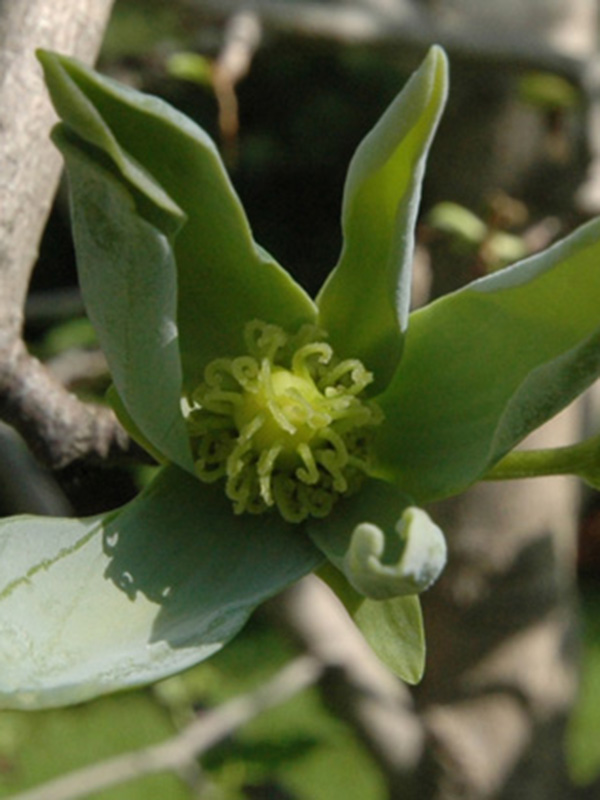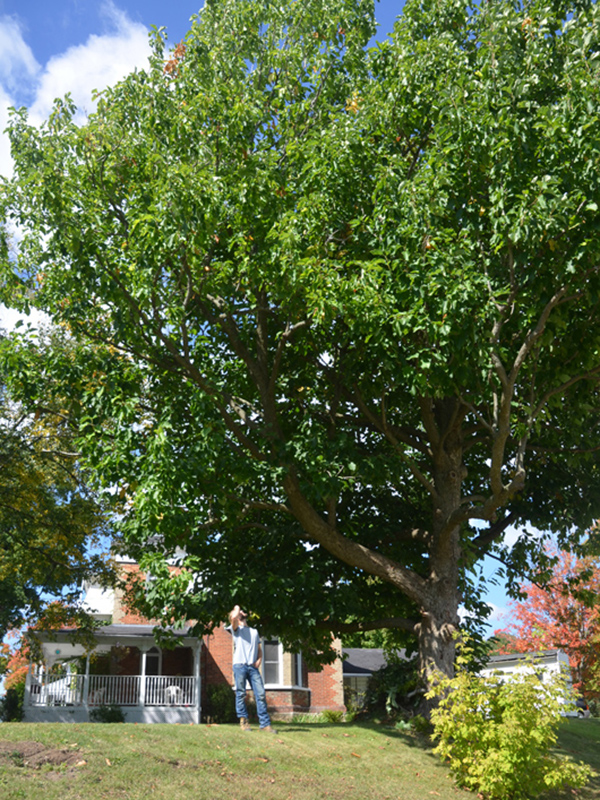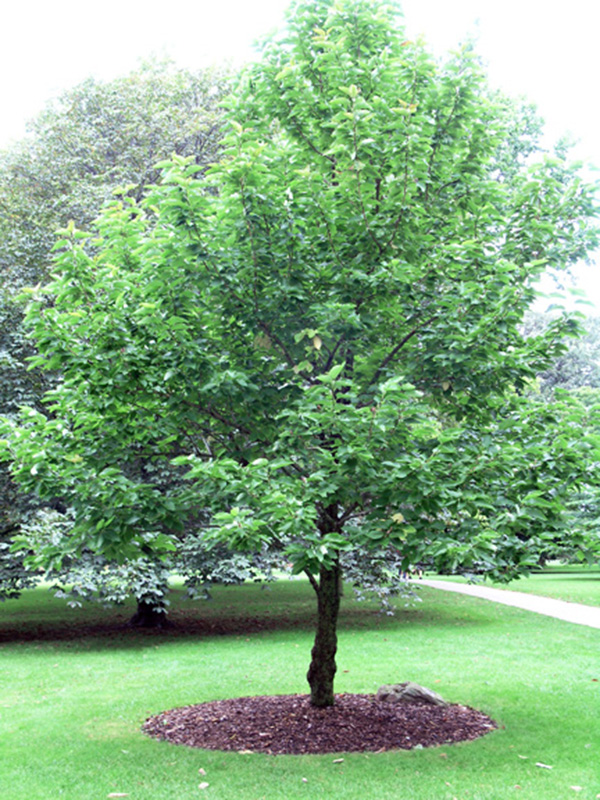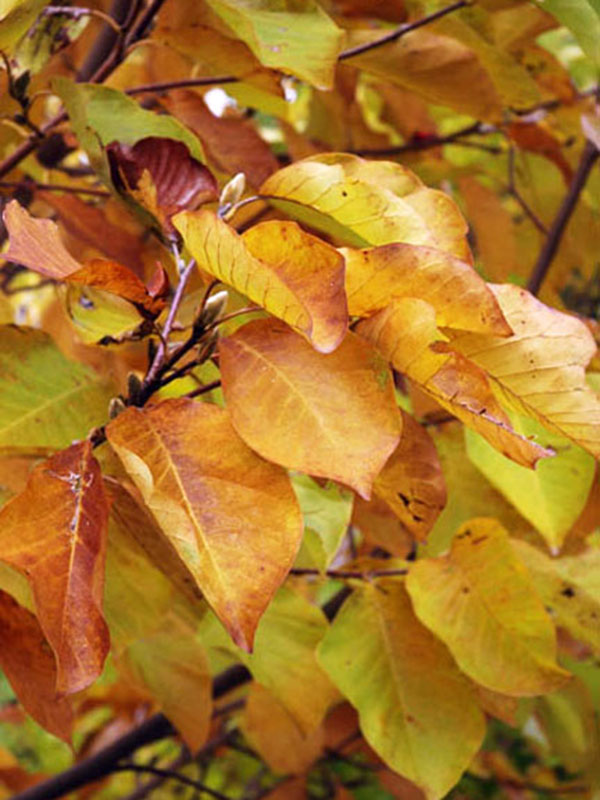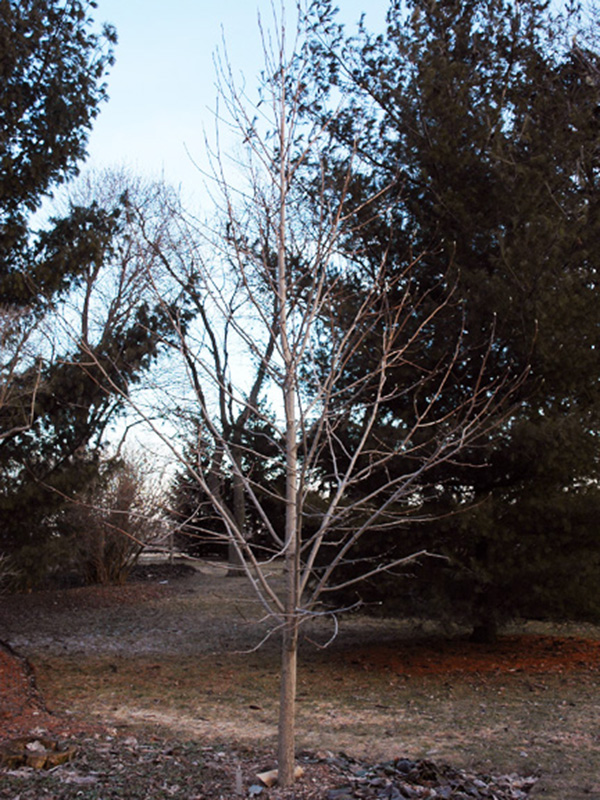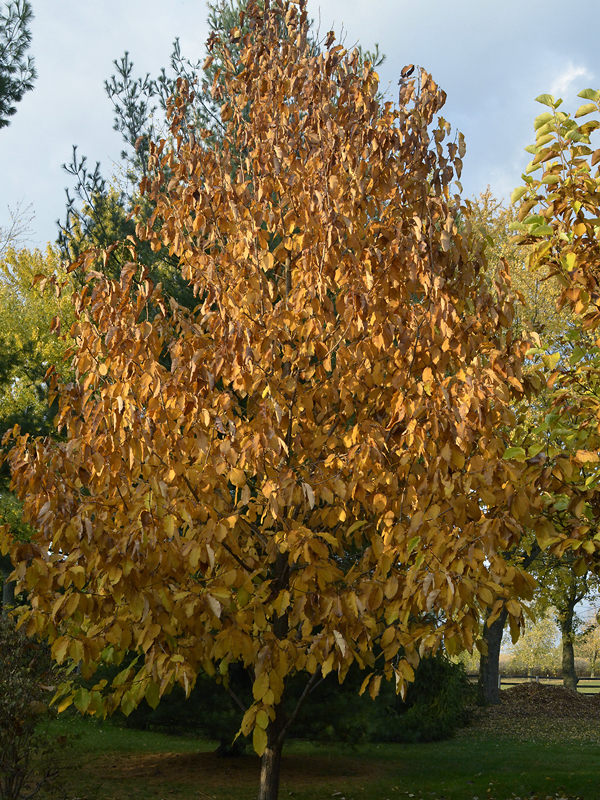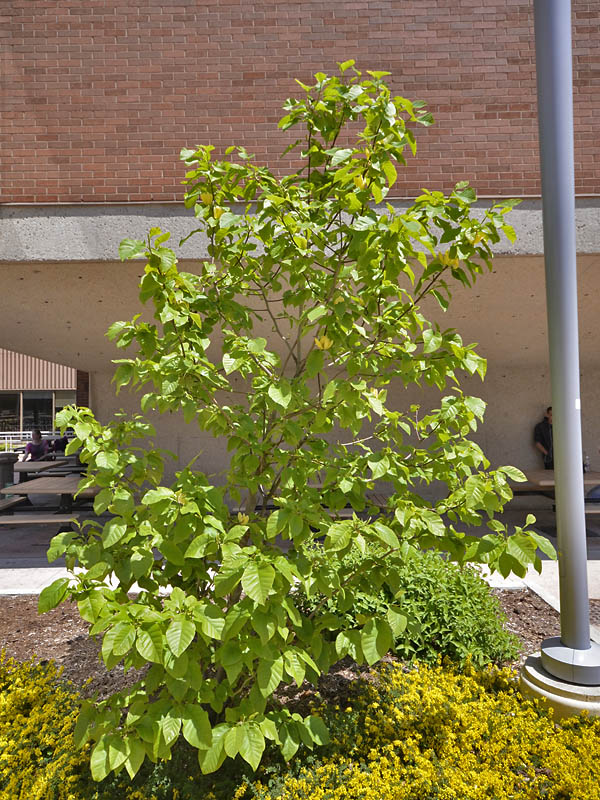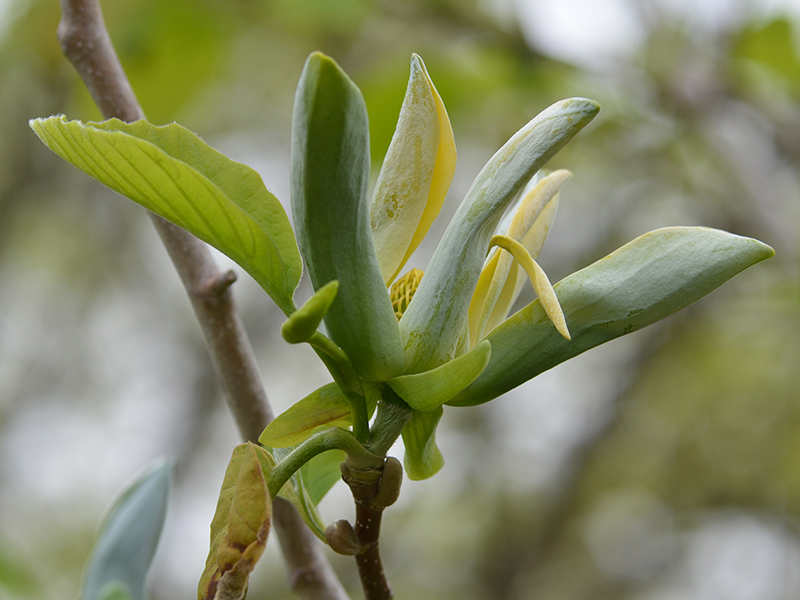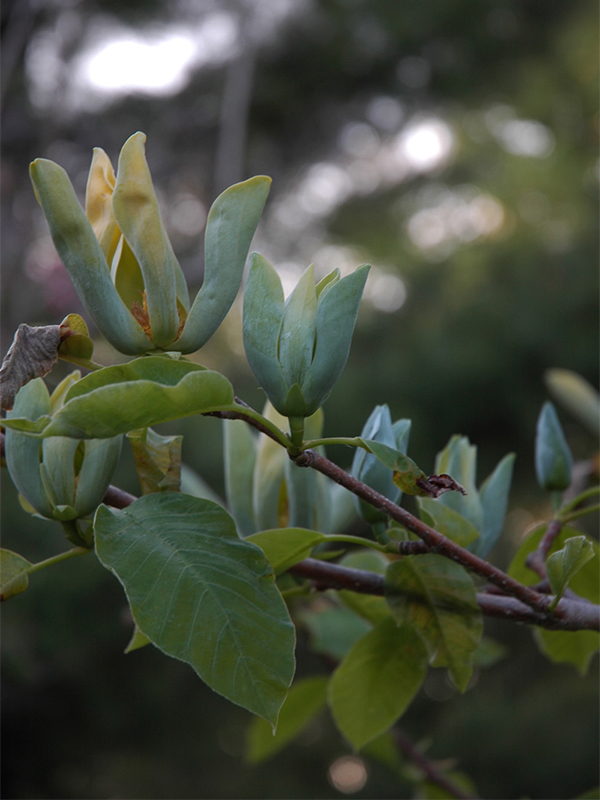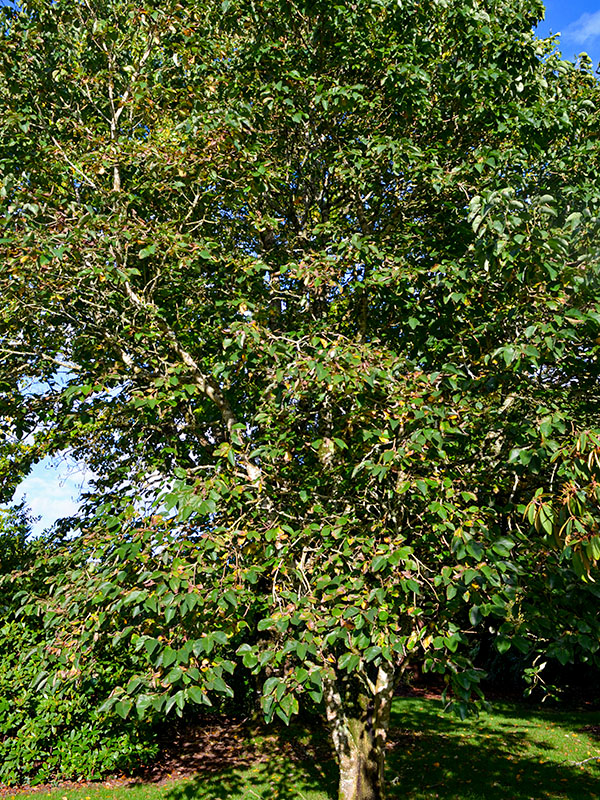
Woody > Magnolia > Magnolia acuminata > Magnolia acuminata
Magnolia acuminata
Cucumber Magnolia
Origin: The genus Magnolia is named after Pierre Magnol, a French botanist who lived from 1638 to 1715. Found in North America and southern Canada, from New York to Georgia and west to Alabama and North to Southern Ontario. The Magnolia is the official state tree of Mississippi. The oldest nickname of Houston, Texas is 'The Magnolia City' due to the many Magnolias growing along the Buffalo Bayou.
| Family |
| Magnoliaceae |
| Genus |
| Magnolia |
| Species |
| acuminata |
| Category |
| Woody |
| Type |
| Tree (deciduous) |
| Pronunciation |
| USDA Hardiness Zone |
| 3 - 8 |
| Canadian Hardiness Zone |
| 1a - 8a |
| RHS Hardiness Zone |
| H4 - H7 |
| Temperature (°C) |
| -40 -(-7) |
| Temperature (°F) |
| -40 - 20 |
| Height |
| 12 - 20 m |
| Spread |
| 6 - 10 m |
Photographs
Description and Growing Information
Flowering Period
| General Description |
| Dark green leaves in summer with reddish brown stems and a spicy scent when bruised. Growing to 8-14 x 6-10 m, with grey-brown bark at a young age that becomes furrowed with flat grey ridges in maturity. |
| Landscape |
| Great for large properties such as parks and estates, and is a perfect shade tree. |
| Shape |
| Pyramidal at a young age while becoming more open with age. |
| Growth |
| Medium |
| ID Characteristic |
| Whitish silky terminal buds that are 1.5-2 cm in length. Has a spicy odour when branches are bruised, greenish-white flowers, and red seeds. |
| Pests |
| No notable pest or diseases but may occasionally be bothered by scale. |
| Habitat |
| It grows on moist soils mostly in the mountains from western New York to Southern Ontario. |
| Bark/Stem Description |
| Smooth grey-brown at a young age becoming furrowed with flat grey ridges at maturity. |
| Flower/Leaf Bud Description |
| Silvery, whitish covered with a single keeled scale which looks like a fine line. 1-1.5 cm in length. Lateral buds are green 1-2 cm in length. |
| Leaf Description |
| Dark green in summer, green or brown in autumn, 6-12 x 4-8 cm, alternate venation, rounded at the base. |
| Flower Description |
| Greenish-white fragrant flowers that bloom in spring, 6.5-7.5 cm in diameter. |
| Fruit Description |
| 6.5-7.5 cm long, resembling a small cucumber: a pinkish red colour. |
| Colour Description |
| Dark green leaf in summer turning green-brown in autumn. Silvery, whitish buds and small cucumber-like fruit that is pinkish-red in colour. |
| Texture Description |
| Medium course in leaf and coarse in winter. |
| Notable Specimens |
| The A.M. Cuddy Gardens, Strathroy, Ontario, Canada. Royal Botanical Gardens, Burlington, Ontario, Canada. |
| Propagation |
| Propagated by seed, cuttings don't root because of loss of juvenility. |
References
